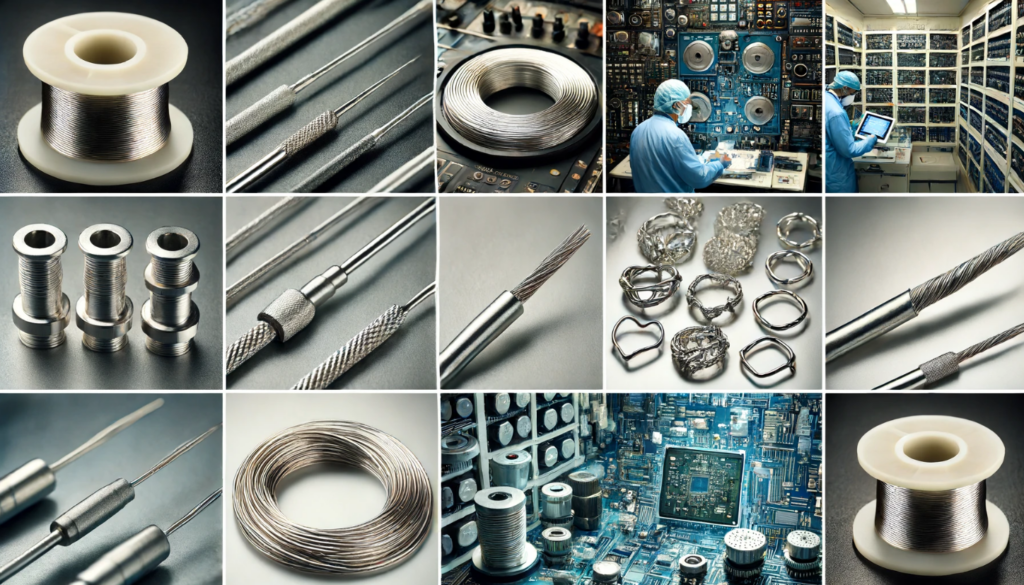Pure silver wire, a highly sought-after material, boasts a combination of unique properties that make it indispensable across various industries. The exceptional conductivity and malleability of pure silver wire makes it ideal for a variety of applications, including electronics and jewellery. Various uses of silver wire are discussed in this blog, as well as its benefits and why it remains a popular choice for a wide variety of specialised applications.
Introduction to Pure Silver Wire
Pure silver, often referred to as fine silver, is composed of 99.9% silver with minimal impurities. This high purity level enhances its intrinsic properties, making silver wire a premium choice for critical applications. Known for its brilliant luster and unparalleled electrical and thermal conductivity, durable silver wire is both functional and decorative.
Properties of Pure Silver Wire
Conductivity: Silver has the highest electrical and thermal conductivity of all metals, surpassing even copper. This makes silver wire an ideal material for electrical applications where efficient transmission of electricity is crucial.
Malleability and Ductility: Pure silver wire can be drawn into thin wires without breaking, making it highly versatile for intricate designs and precise engineering tasks.
Corrosion Resistance: Silver is relatively resistant to oxidation and corrosion, ensuring durability in various environments.
Aesthetic Appeal: The natural luster and sheen of silver wiring make it a popular choice for decorative applications, including jewelry and artisanal crafts.
Applications of Pure Silver Wire
1. Electrical and Electronics Industry
Conductive Components
Silver wire conductivity is widely used in the electrical and electronics industry due to its superior conductive capabilities. It is used in the manufacturing of high-quality cables and connectors, which are essential for efficient electrical transmission. Silver-plated copper wires are often used in high-frequency cables to enhance performance.
Printed Circuit Boards (PCBs)
In printed circuit boards, wire made of silver is used for creating conductive paths, ensuring minimal resistance and heat generation. This improves the overall performance and longevity of electronic devices, from smartphones to complex aerospace systems.
Photovoltaic Cells
The renewable energy sector benefits from silver wire in the form of silver paste used in photovoltaic cells. The high conductivity of silver allows for efficient collection and transmission of solar energy, boosting the efficiency of solar panels.
2. Medical and Healthcare Sector
Medical Devices
Silver’s biocompatibility and antimicrobial properties make pure silver wire a valuable material in medical devices. It is used in catheters, pacemakers, and surgical instruments, where it helps reduce the risk of infection and enhances device performance.
Dental Applications
In dentistry, pure silver wire is used in amalgams and orthodontic appliances. Its biocompatibility and resistance to tarnish make it an excellent choice for long-term dental solutions.
3. Jewelry and Art
Jewelry Making
Pure silver is a staple in the jewellery wire industry. Its malleability allows artisans to create intricate designs, from delicate chains to elaborate sculptures. The lustrous finish of pure silver enhances the aesthetic appeal of jewellery wire pieces, making them highly desirable.
Artistic and Decorative Uses
Beyond jewelry, pure silver wire is used in various artistic applications. Sculptors and artisans use it to create wire sculptures, ornaments, and mixed-media art pieces. Its flexibility and sheen add a unique dimension to art and craft projects.
4. Aerospace and Defense
High-Performance Components
The aerospace and defense industries require materials that can withstand extreme conditions and perform reliably. Pure silver wire is used in high-performance components such as connectors, wiring harnesses, and shielding applications, where its conductivity and durability are critical.
Thermal Management
In aerospace applications, efficient thermal management is essential. Pure silver wire’s high thermal conductivity helps dissipate heat effectively, protecting sensitive components and ensuring optimal performance.
5. Industrial Applications
Bearings and Bushings
Silver’s low friction coefficient makes pure silver wire an excellent material for bearings and bushings. These components are used in various industrial machinery, where reduced friction and wear enhance efficiency and longevity.
Catalysts in Chemical Reactions
Pure silver wire is also used as a catalyst in certain chemical reactions. Its surface properties and reactivity make it suitable for industrial processes, including the production of formaldehyde and ethylene oxide.
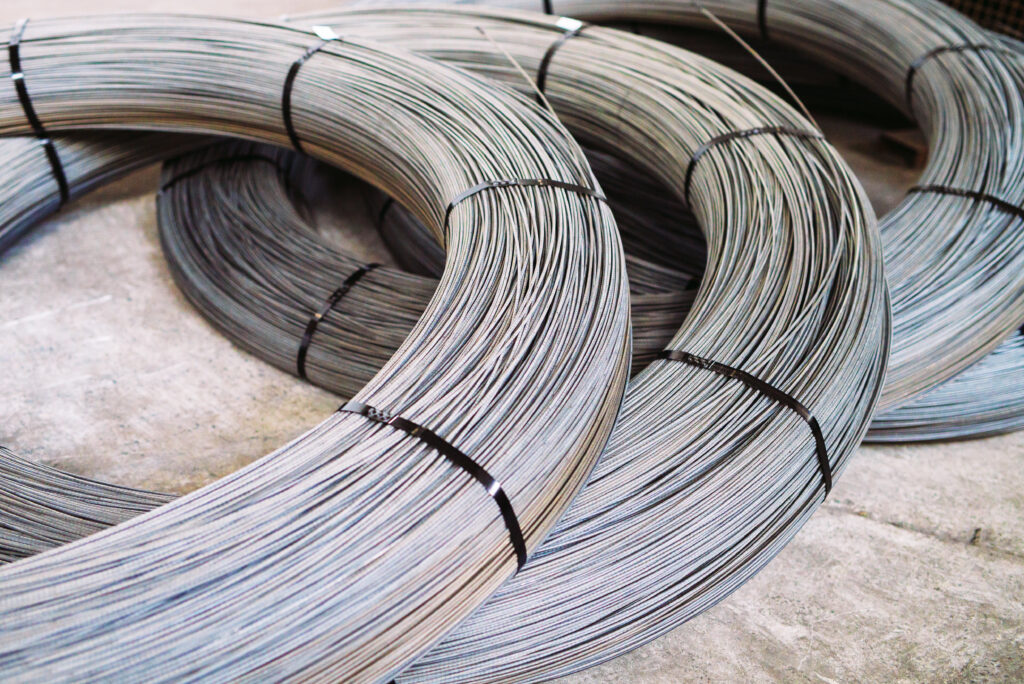
Benefits of Using Pure Silver Wire
1. Exceptional Conductivity
The unparalleled electrical and thermal conductivity of silver wiring makes it indispensable in applications where efficient energy transmission is crucial. This property is particularly beneficial in electronics, electrical systems, and renewable energy technologies.
2. Durability and Longevity
Pure silver wire’s resistance to corrosion and oxidation ensures durability, even in harsh environments. This extends the lifespan of components and reduces maintenance costs. This makes it a cost-effective choice in the long run.
3. Versatility
The combination of malleability, ductility, and aesthetic appeal allows pure silver wire to be used in a wide range of applications. From intricate jewellery designs to robust industrial components, its versatility is unmatched.
4. Biocompatibility
In the medical field, biocompatibility is a critical factor. Silver wire’s non-reactive nature and antimicrobial properties make it ideal for medical devices and implants, reducing the risk of adverse reactions and infections.
5. Aesthetic Value
The natural beauty of silver wire adds value to decorative and artistic applications. Its brilliant luster and ability to retain its shine over time make it a popular choice for high-end jewellery and art.
Considerations When Using Pure Silver Wire
Cost
Silver is more expensive than other metals like copper or aluminum. However, its superior properties often justify the higher cost, especially in applications where performance and reliability are paramount.
Handling and Storage
Silver is a soft metal and can be easily scratched or deformed. Proper handling and storage are essential to maintain the quality and integrity of pure silver wire, especially in applications where precision is critical.
Environmental Impact
While silver mining and refining have environmental impacts, recycling pure silver wire can mitigate these effects. Silver is highly recyclable, and reusing it in various applications can reduce the demand for new silver and the associated environmental footprint.
Future Trends and Innovations
Nanotechnology
Advancements in nanotechnology are opening new avenues for wire made of silver. Nanoparticles of silver are being explored for use in medical diagnostics, antimicrobial coatings, and flexible electronics, leveraging silver’s unique properties on a nanoscale.
Renewable Energy
As the demand for renewable energy sources grows, the role of silver wire in enhancing the efficiency of solar cells and other energy-harvesting technologies is expected to expand. Research and development in this area aim to improve performance while reducing costs.
Smart Textiles
Innovations in smart textiles are incorporating pure silver wire for its conductive and antimicrobial properties. These textiles can be used in wearable technology, healthcare monitoring, and sports apparel, providing functionality and comfort.
Pure silver wire, with its exceptional properties and versatility, remains a critical material across various industries. The combination of its unparalleled conductivity, durability, and aesthetic appeal makes it the preferred choice for a wide range of applications, from electronics to jewellery. There are cost and handling considerations, but the benefits often outweigh them, especially in high-performance applications.
With technological advancements and the development of new applications, silver wire UK is likely to grow in demand. Silver wire continues to play an important role in modern society, whether it is used to make cutting-edge medical devices, efficient renewable energy systems, or innovative jewellery designs. Pure silver wire will remain at the forefront of technological and artistic innovation by embracing its potential and exploring new uses.
Thank you for taking the time to read our blog. We hope that the information above helped you in the search for the right product for your project.
If you are interesting in learning more about wires, check out our blog on Understanding American Wire Gauges or take a look at our range of Galvanised Wires.
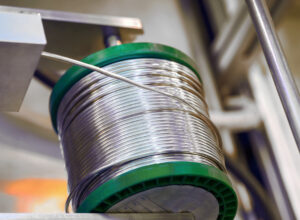
Nichrome Wire Safety: Top Tips for Working Safely
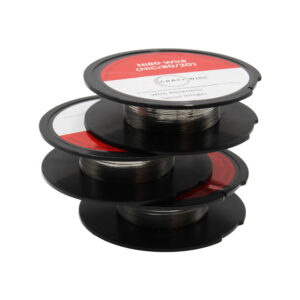
Best Wire for Electronics Projects
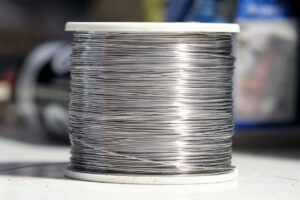
Is Ni80 Wire Suitable for DIY Heating Elements

Wire Grades Explained

How Wire Diameter Affects Strength and Flexibility

How to Cut and Shape Wire for Custom Applications

Can Wire Be Used in 3D Printing?

How Wire Composition Affects Conductivity

The Science Behind Wire Oxidation: Which Wires Resist Corrosion Best?

Nichrome Wire Safety: Top Tips for Working Safely

Best Wire for Electronics Projects

Is Ni80 Wire Suitable for DIY Heating Elements

Wire Grades Explained

How Wire Diameter Affects Strength and Flexibility

How to Cut and Shape Wire for Custom Applications

Can Wire Be Used in 3D Printing?

How Wire Composition Affects Conductivity


